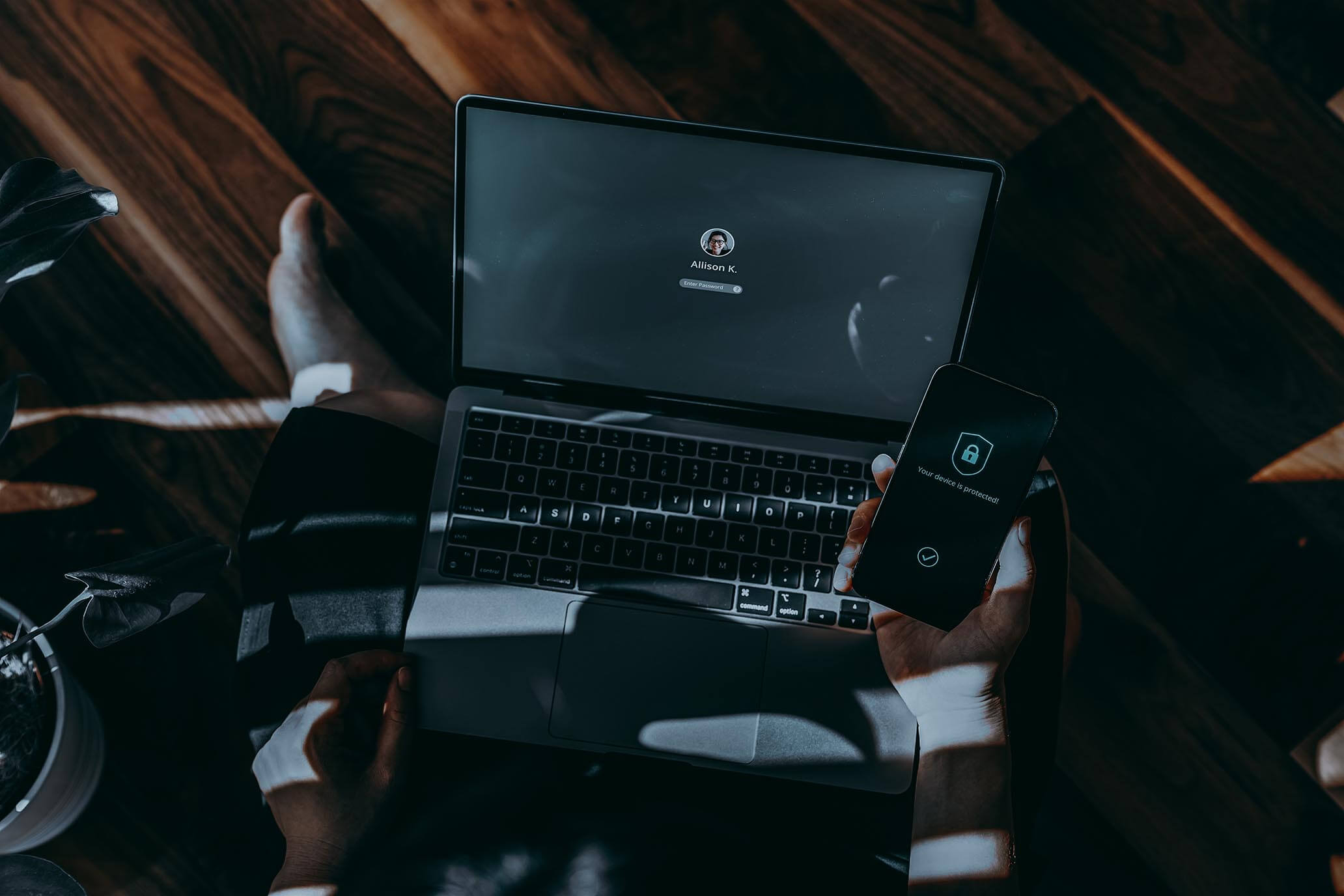GhostGPT and email threat protection: A rising AI-driven threat
As AI threats like GhostGPT evolve, organizations must adapt to the growing sophistication of cybercrime
Wichtige Punkte
- The use of GhostGPT is on the rise among cybercriminals who are attracted by its lack of ethical restrictions.
- GhostGPT powers email and collaboration security threats through several pressing threats.
- Security measures to adopt for staying ahead of GhostGPT-driven threats.
- Where to learn more about email threat protection.
As cybercriminals continue to evolve their tactics, GhostGPT has emerged as a notable threat in the world of cybersecurity. By bypassing traditional ethical safeguards, GhostGPT enables bad actors to craft highly convincing phishing emails, malware, and other malicious content.
For CISOs, CIOs, and security leaders, this AI presents new and complex challenges, particularly when it comes to protecting email among employees.
The rise of GhostGPT: A double-edged sword
GhostGPT is an AI chatbot that operates without the ethical restrictions of other generative AI large language models. This lack of oversight allows it to generate unfiltered content, making it attractive to cybercriminals.
Unlike other AI tools, GhostGPT can produce content tailored to harmful or sensitive queries, enabling attackers to create advanced phishing campaigns, spear-phishing attacks, and even malware with ease.
GhostGPT’s availability through platforms like Telegram further lowers the barrier for entry to cybercrime, allowing even novice hackers to access its powerful capabilities. As a result, protecting email tools has never been more of a challenge, and the task of identifying and mitigating threats has grown exponentially harder for security leaders.
How GhostGPT powers email threats
GhostGPT introduces risks to organizations, particularly through the lens of email collaboration tool attacks. These are the most pressing threats:
Business email compromise (BEC). GhostGPT can craft BEC emails with precision. Since these messages often seem authentic, traditional email filters may struggle to detect them. What sets GhostGPT apart from other threats is its ability to analyze communication patterns, allowing attackers to personalize messages with greater accuracy.
Intellectual property theft. The sophistication of AI tools like GhostGPT has led to a rise in IP theft. Cybercriminals use these tools to manipulate communications and gain unauthorized access to proprietary information. Email security measures must evolve to identify and prevent such breaches before valuable data is compromised.
General email and collaboration-tool vulnerabilities. The unfiltered nature of GhostGPT’s output poses challenges for traditional security solutions. In fact, users fall for phishing attacks in under 60 seconds. Since these traditional tools are designed to filter out known threats, AI-generated content can easily slip through, creating new vulnerabilities in email systems.
Adapting threat protection strategies to the AI era
With GhostGPT and similar AI-related threats, security professionals need to adopt more proactive and advanced security measures such as:
1. Implementing AI-powered threat detection
2. Educating employees
3. Developing robust governance policies
4. Collaborating with AI developers
The bottom line
The rise of AI-driven GhostGPT presents a new set of challenges for email threat protection. By adopting AI-powered solutions, educating employees, and establishing strong governance frameworks, organizations can better defend against these sophisticated threats. Learn more about email and collaboration-tool threat protection.
Abonnieren Sie Cyber Resilience Insights für weitere Artikel wie diesen
Erhalten Sie die neuesten Nachrichten und Analysen aus der Cybersicherheitsbranche direkt in Ihren Posteingang
Anmeldung erfolgreich
Vielen Dank, dass Sie sich für den Erhalt von Updates aus unserem Blog angemeldet haben
Wir bleiben in Kontakt!

